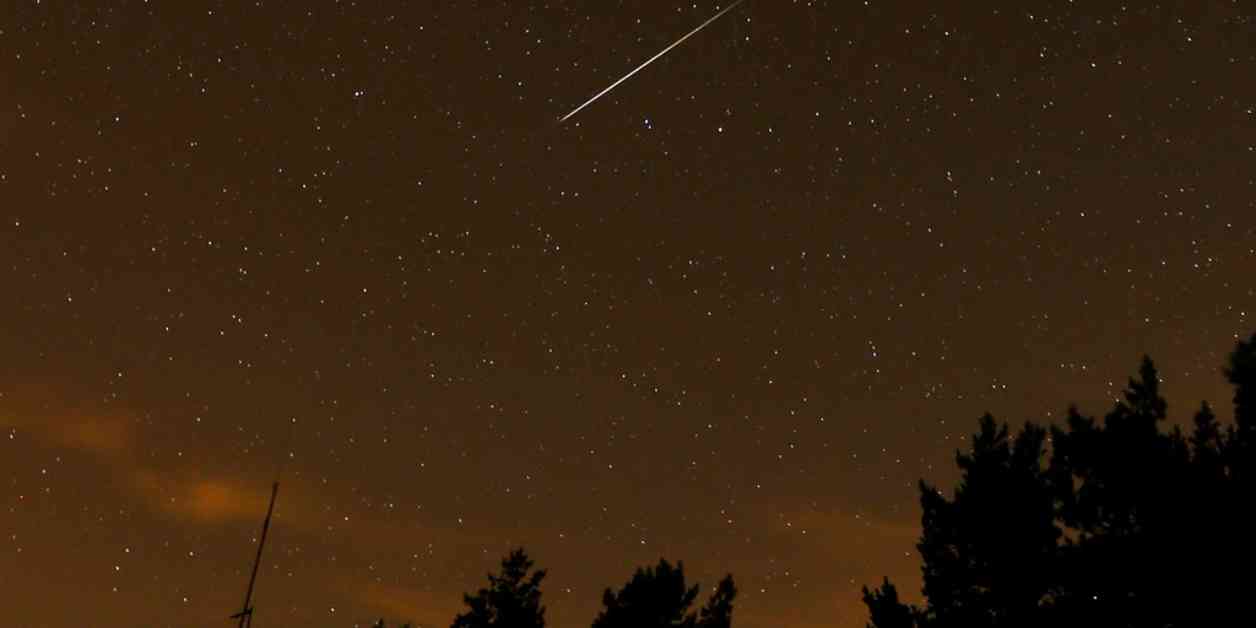The Perseids meteor shower is an annual event that is expected to continue through September. Meteor showers happen when debris from space heats up upon entering the Earth’s atmosphere, and the Perseids are known for being especially bright and colorful. To get the best view of the Perseids, it is recommended to watch the sky at night away from clouds and other sources of light pollution.
The Perseids meteor shower has been active since July and is expected to peak before dawn on Monday. This shower is one of the brightest and most easily visible showers of the year, with University of Warwick astronomer Don Pollacco describing it as producing “bright blue meteors — and lots of them.” The American Meteor Society anticipates more than 50 meteors per hour during the peak, and the shower will last until September 1st.
Meteor showers occur due to debris from comets, with the Perseids originating from the comet 109P/Swift-Tuttle. When rocks from space enter the Earth’s atmosphere, the air resistance causes them to heat up, creating a glowing effect and leaving a fiery tail behind them, commonly known as a shooting star. The Perseids are known for having larger particles compared to other showers, giving them the appearance of bright fireballs that are easier to spot.
To view a meteor shower, it is best to look between midnight and the early morning hours when the sky is darkest. The visibility of shooting stars is enhanced under dark skies, away from city lights, and on nights with minimal cloud cover and a small moon phase. The Northern Hemisphere will have the best view of the Perseids this year, particularly during the peak when the moon is around 44% full.
For those interested in upcoming meteor showers, the meteor society provides a list of major showers, including information on peak viewing days and moonlight conditions. The next significant meteor shower after the Perseids will be the Orionids, expected to peak in mid-October.
In conclusion, the Perseids meteor shower offers a spectacular celestial display that can be enjoyed by skywatchers around the world. By following these tips and staying informed about upcoming meteor showers, you can make the most of these natural wonders in the night sky. Happy stargazing!




